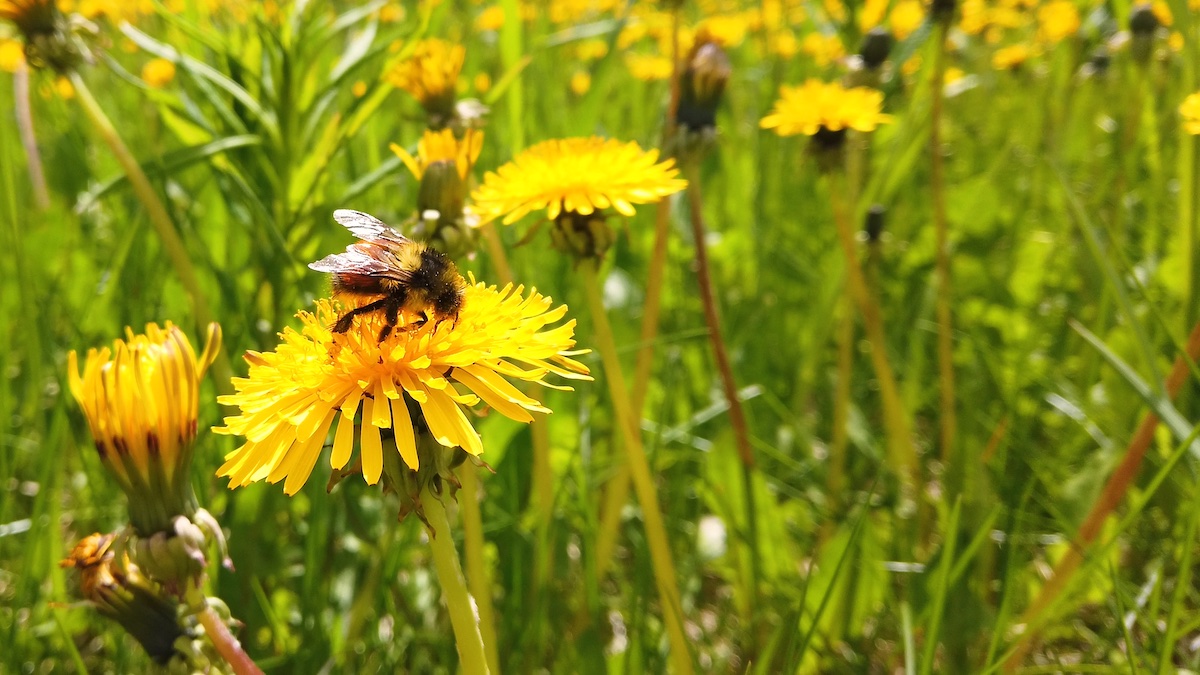The Context of it All
Chapter Two
Food chains aren’t some academic concept. They’re real and they matter – not just in nature, but in our communities too.
You see, we’re all part of the food web – all part of a food chain – even if the connections are becoming less and less obvious.
Take it away farmer Takota Coen:
“People need to eat, and have clothing and shelter, and all of those products come from the management of ecosystems. For tens of thousands of years, people have been managing ecosystems and providing for the basic needs of humanity while improving the ecosystems around them.”
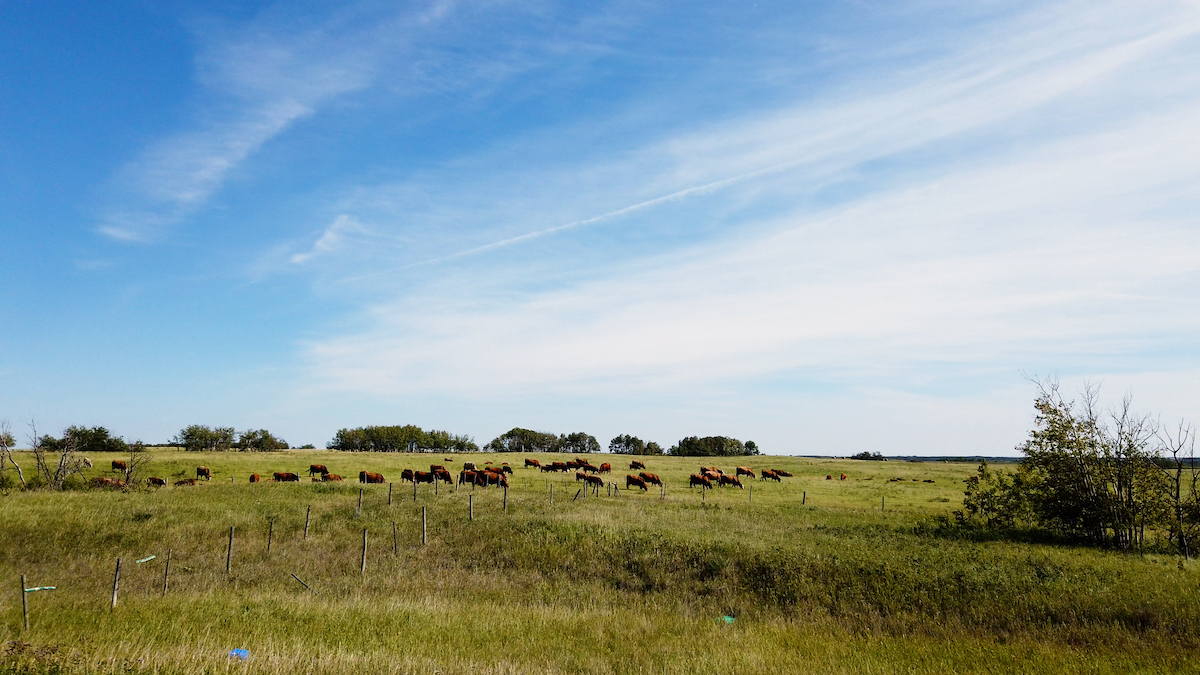 But since about World War Two, Takota says, “The predominant government policy towards agriculture has been get big or get out. And, for the most part, the farmers don’t like what they’re doing, but they feel like they don’t have a choice.”
But since about World War Two, Takota says, “The predominant government policy towards agriculture has been get big or get out. And, for the most part, the farmers don’t like what they’re doing, but they feel like they don’t have a choice.”
The farming policies he’s referring to is a major reason why, Takota believes, we’re facing a biodiversity crisis. And the United Nation’s David Cooper agrees. He tells us the major driver of biodiversity loss is, “in particular, food. We’re using more and more land for food production; much less land is used for wildlife.
Ecosystem researcher and advocate Ken Wu concurs.
“In terms of the total scale of ecological modification, it largely has been agricultural conversion.”
And when we hear that, we often think we know who to blame; we often assume we understand the problem. But Takota says, “I really try to be careful about placing all the blame on the farmers and, to be honest, I have yet to meet a psychopathic farmer. They’re all very good people. They’re doing the best that they can with the resources that are available to them.”
 Takota – the co-owner of the Coen Farm in rural Alberta – is trying to change how we see, connect with and impact our food chain. Trying to help us own our share of the agricultural problem.
Takota – the co-owner of the Coen Farm in rural Alberta – is trying to change how we see, connect with and impact our food chain. Trying to help us own our share of the agricultural problem.
“We like to say, ‘eat the change you want to see in the world’. If you did nothing else, it is the best thing you could do.”
Why?
“If you, as a consumer, have ever looked at a price tag between two products and said, ‘well, that’s ridiculous, I’m going to buy the cheaper one’, you’re part of the problem too. This is not a farmer problem. It’s a cultural problem. But our culture is made up of individuals.”
Growing up on a farm gave Takota an appreciation for food – its production and its consumption. But it wasn’t until he left school that Takota really understood the context of the issue.
“When you’re in high school, you’re so busy with sports and tests and friends. You don’t have time to think about some of these big problems in the world. And when I finally got out of school, and had time to do my own research, I saw all these problems in the world. I realized that the greatest impact that I could make was to come back and produce food.”
What Takota discovered? Biodiversity is being lost on way too many farms.
“Every product of agriculture is made with four ingredients: sunlight, water, soil, and organisms. Every year, a farmers’ ability to make a product out of those four ingredients is less and less and less. It’s not a matter of if industrial agricultural will collapse, it’s a matter of when. Eventually, one of those straws (one of the four core ingredients) is going to break. And for every region on the planet, it will be a different thing.”
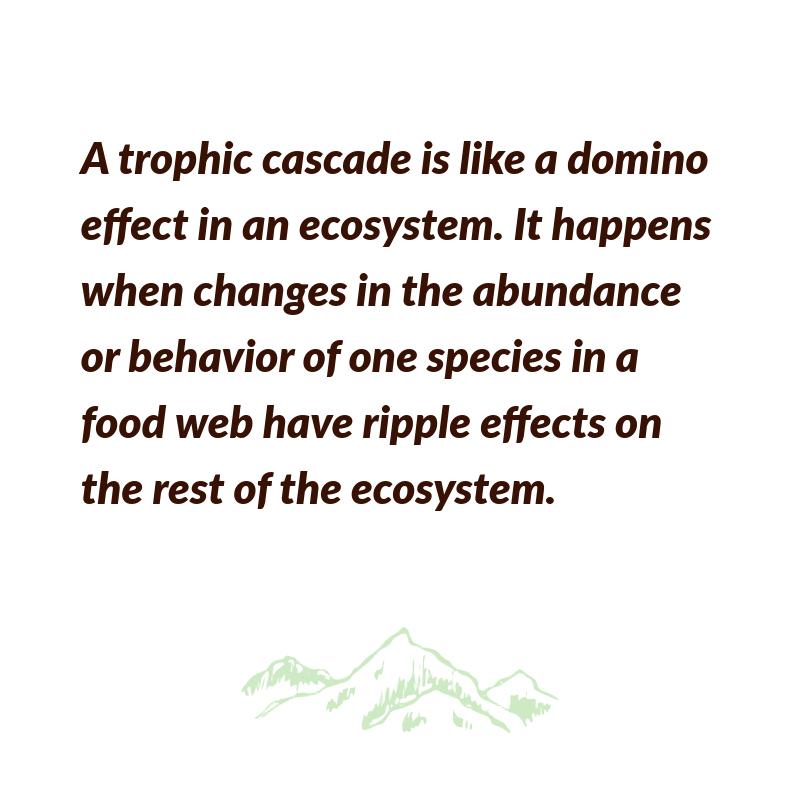 Takota adds, “Whatever species is lost, it throws the system into imbalance. You’ll have pest problems, then you start to use herbicides and then the whole thing spirals out.”
Takota adds, “Whatever species is lost, it throws the system into imbalance. You’ll have pest problems, then you start to use herbicides and then the whole thing spirals out.”
It’s what’s called a trophic cascade. A trophic what?
It’s the domino effect that occurs when one major component – a species say – is removed from an ecosystem. It can have a ripple effect that alters life up and down the food chain. Sometimes in small ways; sometimes in very big ways.
“When you design a system poorly, you pay the price in energy and pollution.
If you don’t understand how things are connected and you kill all the dandelions because you just don’t like them or you think they’re affecting your crop, suddenly all the bees die out. Now you have to take up the work that the bee was doing in the ecosystem before.”
And though technology can save us, Takota cautions:
“There are companies who are designing microscopic drones that will fly around from flower to flower to pollinate crops. It’s, like, what is all the energy invested in that? What are all the fossil fuels used; all the jobs (being occupied that could free up) people to focus on other problems? But because we got rid of dandelions and a lot of other things, now we have to do that work. And that work creates other pollution and the whole thing spirals out.”
Takota says, “It’s the small things that add up to make these large problems that we’re facing today. And that’s a really empowering realization.”
Because if many small issues have created big problems, Takota argues, small actions can add up to big change.
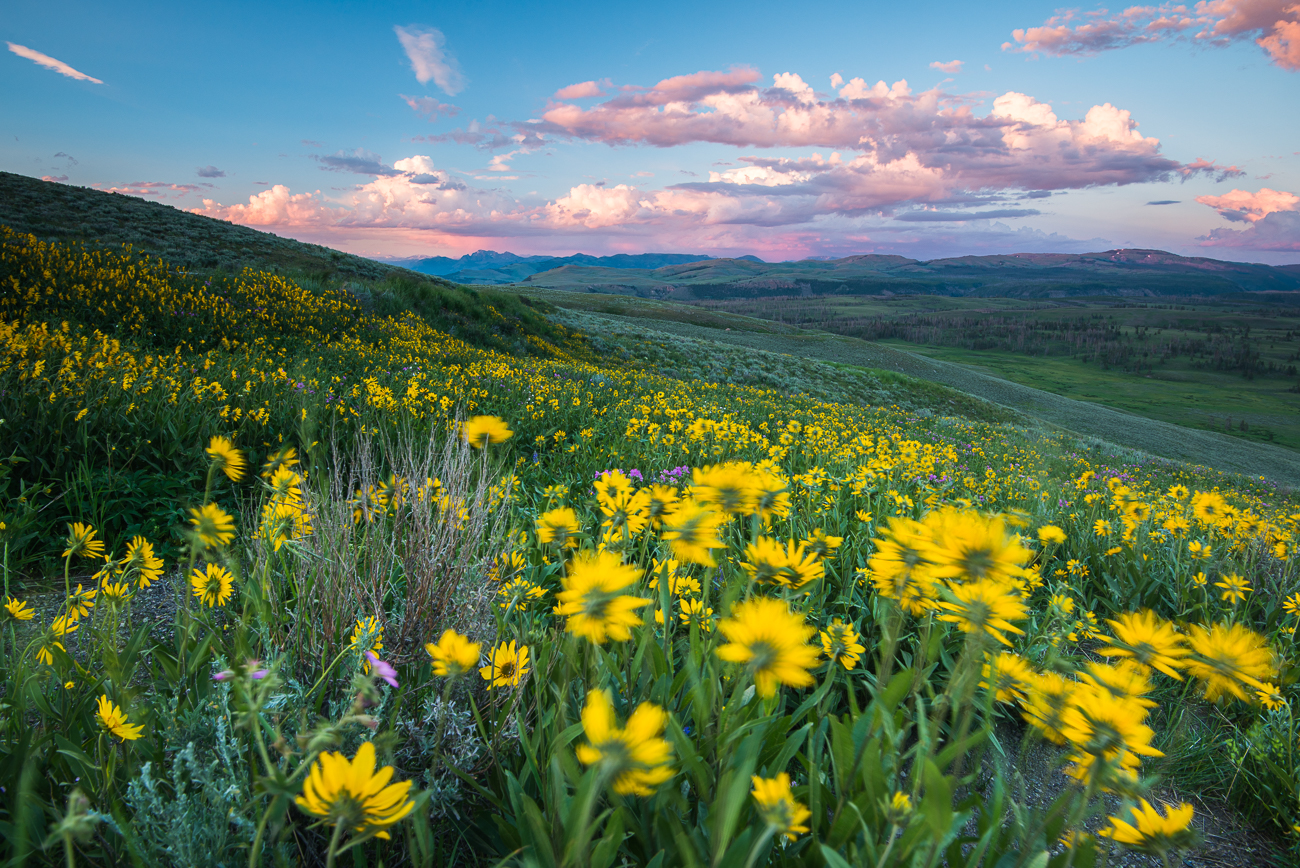 “Just by putting up some birdhouses and planting some flowers for bees so that they’ve got something to eat, we can make a difference.”
“Just by putting up some birdhouses and planting some flowers for bees so that they’ve got something to eat, we can make a difference.”
Indeed, Takota believes individual action is the key to protecting our food chain.
“Before you can criticize something, make sure that you’re not a part of it. Don’t be hypocrite, basically. Once that’s done, then you can scale up; then you can go out and try to work on your family, and then your community. And if we start at an individual level of trying to improve ourselves, then I think the system will change as a result because it’s made up of all these different individuals.”
It’s an ethos Takota has brought to the farm.
“The way that we’re managing our ecosystem, those four ingredients that are the basis for our culture, are actually getting better and better every year (on the farm).”
How? By working with – not against – natural food chains to enhance biodiversity.
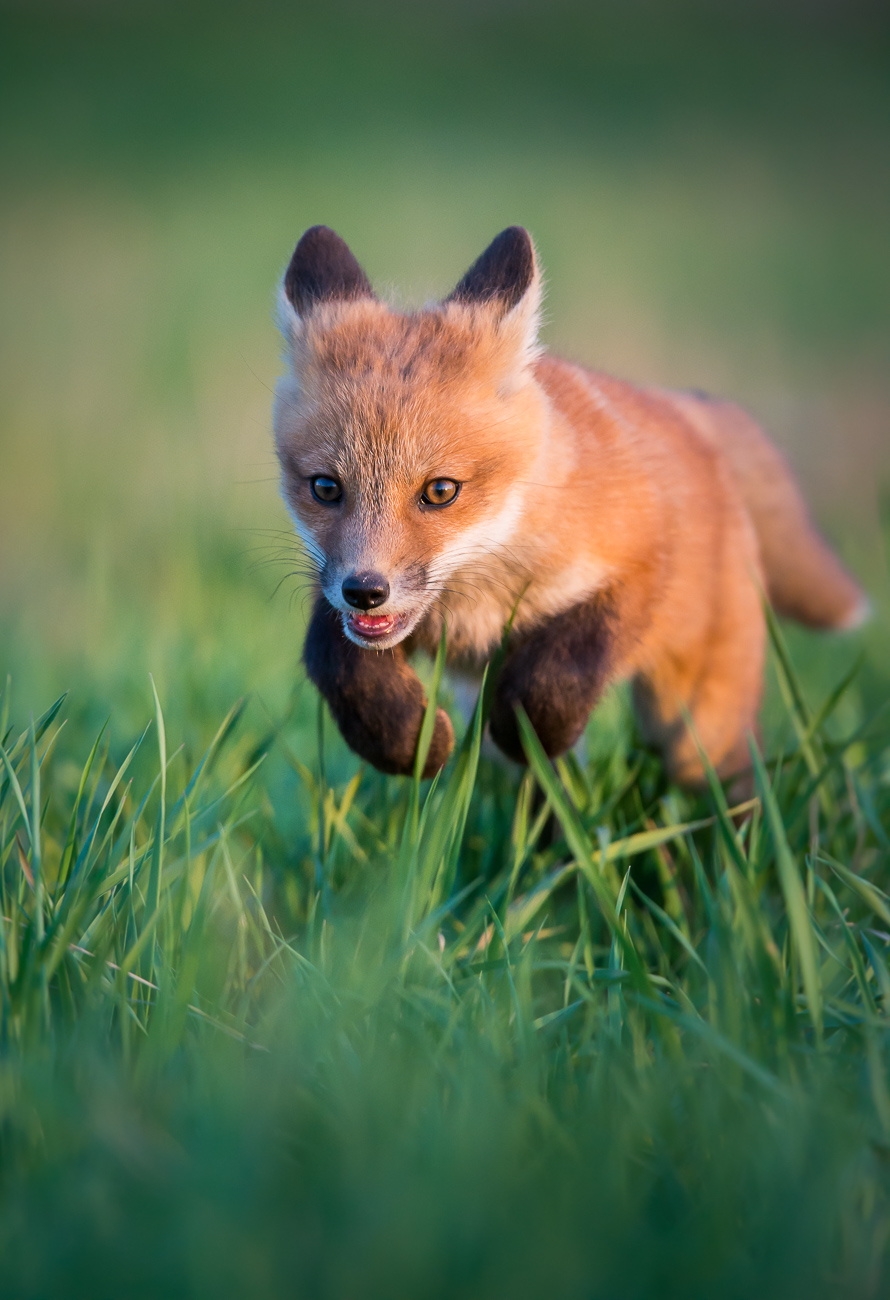 “We struggle with pests and predation, predator problems from foxes. But we have the fundamental belief that every organism on this planet has intrinsic value and it’s for us to try to figure out how we can produce some kind of agricultural product while maintaining that balance. Because if we go and kill all the foxes, well, suddenly we’ve got all these gophers that are going to eat our crops. And if you go and kill the gophers, well, then the foxes are going to come and kill our chickens. And, so, it’s this really complex dance of life that we’re trying to balance when we try to control things. That’s when you start a downward spiral and you throw ecosystems out of balance. And then things you could have never predicted happen. All these cascading effects (we create when we) just change one variable in the system.”
“We struggle with pests and predation, predator problems from foxes. But we have the fundamental belief that every organism on this planet has intrinsic value and it’s for us to try to figure out how we can produce some kind of agricultural product while maintaining that balance. Because if we go and kill all the foxes, well, suddenly we’ve got all these gophers that are going to eat our crops. And if you go and kill the gophers, well, then the foxes are going to come and kill our chickens. And, so, it’s this really complex dance of life that we’re trying to balance when we try to control things. That’s when you start a downward spiral and you throw ecosystems out of balance. And then things you could have never predicted happen. All these cascading effects (we create when we) just change one variable in the system.”
Here’s the rub: Takota’s efforts to produce food in a more sustainable way are more labour intensive. That means the food he produces costs more money.
“(It’s hard) to convince somebody why they should spend their money differently than they’re currently spending it when they’re so tight. There’s a recent study that was done: almost 50% of Albertans were living within a couple $100 of bankruptcy every month. When you’re struggling to survive, it’s hard to think about these bigger problems outside of just trying to put food on the table.”
True enough, as the present shouts and the future whispers. But in the future?
“You’re going to just slowly stop seeing fish at your supermarket. And you won’t notice it until suddenly you go to your local fishmonger and he’s got, like, a crab.”
Quinn Scott makes his living on BC’s rivers and on the waters of Canada’s west coast, bringing good quality food to our tables.
“It’s my livelihood.”
But like Takota, Quinn is increasingly worried about our food chain.
“It’s not a huge scope that I have. There’s people that have been fishing the systems I’ve been fishing for 50 years. I can’t even imagine seeing it like that. It’s only been 15 years for me. And it’s brutal. It’s dark.”
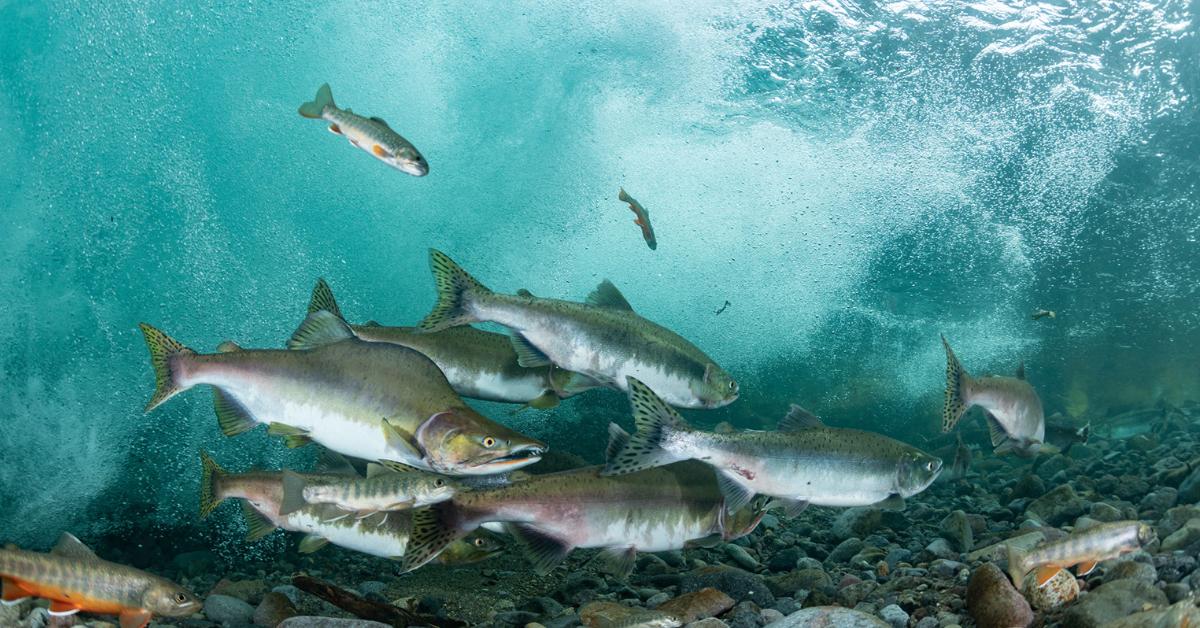 Quinn’s not wrong. Biologist Laura Kennedy tells us, “Our wild populations (of salmon) are 10% of what they used to be even 20 years ago.”
Quinn’s not wrong. Biologist Laura Kennedy tells us, “Our wild populations (of salmon) are 10% of what they used to be even 20 years ago.”
And long-time BC cabinet minister Mike Farnworth agrees that the state of salmon is an urgent issue.
“Policymakers are acutely aware of fisheries habitat, for example, and the need (to protect it) for fisheries.”
Salmon were once so abundant that the five native species to the west coast supported numerous Indigenous nations since time immemorial and helped drive BC’s economy for almost a hundred years. How is it possible that populations have declined to a point of crisis? Quinn Scott believes it’s because too few of us understand the food chain – and too few of us care enough to learn.
“There’s a surprising number of people that really just don’t know. But there’s a lot of people that just don’t care.”
When we don’t understand or care about the food chain, Quinn argues, we don’t understand how our decisions far away from the ocean end up having a huge impact on not only ecosystems, but also our food supply.
“Forestry is one of the absolute biggest causes of our stocks declining. There’s quite a unique fine gravel that salmon thrive in when they spawn. It’s got to hold the eggs in place and protect them and shelter them from predators and allow the fry to hatch. And that just gets leveled out with debris and mud and dirt and sand (when the habitat is logged), not to mention that the flows get so strong and the mud comes down so heavy that it completely reroutes rivers and it dislodges all these salmon eggs.”
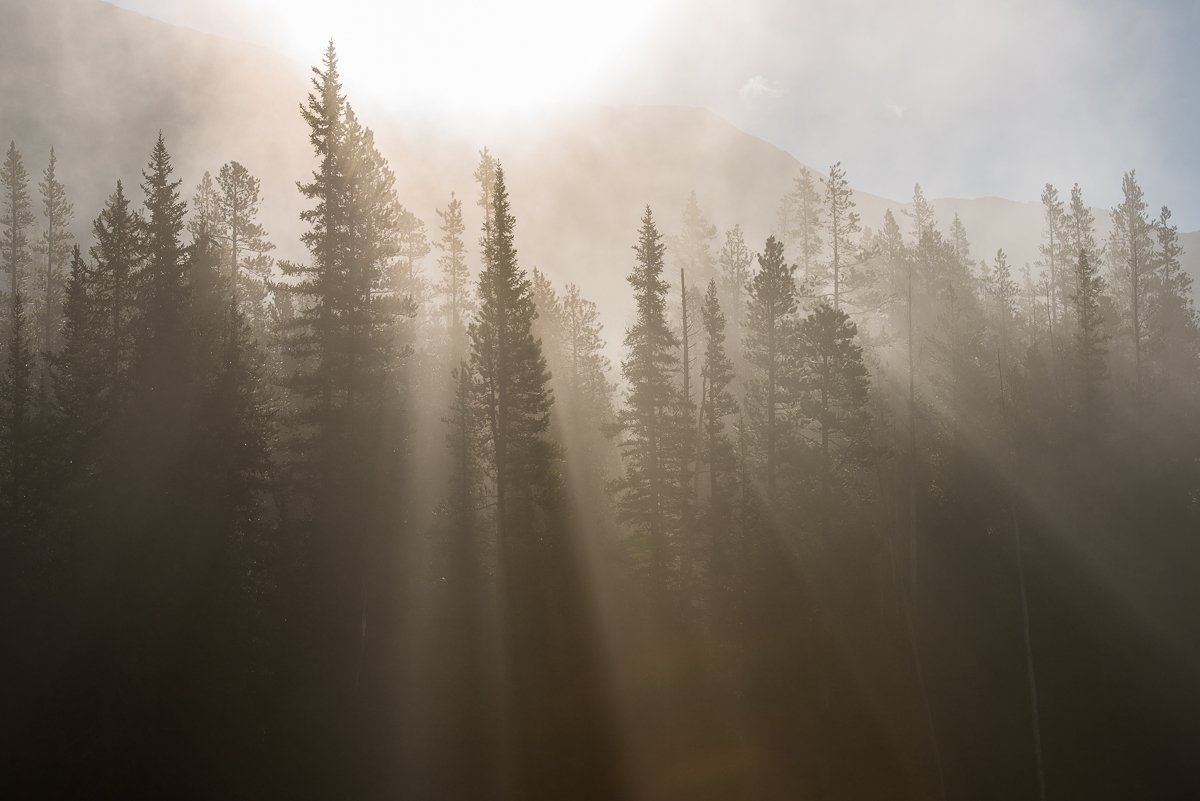 Though we asked to speak with numerous west coast forest industry organizations to discuss how seemingly disparate decisions can impact different industries and different food chains, no one returned our messages. But professional forester Art Carson did speak with us and he says forestry “has always been better, I think, than the public sometimes thinks. It’s a very, very complex issue dealing with the forest.”
Though we asked to speak with numerous west coast forest industry organizations to discuss how seemingly disparate decisions can impact different industries and different food chains, no one returned our messages. But professional forester Art Carson did speak with us and he says forestry “has always been better, I think, than the public sometimes thinks. It’s a very, very complex issue dealing with the forest.”
Forests Ontario, a quasi-industry stakeholder organization, adds:
“It should be noted that Canada has approximately 10% of the world’s forests, but almost 40% of the world’s certified forests, meaning they meet internationally recognized, third-party standards. These achievements demonstrate our commitment to sustainable forest management.”
More than that, Forests Ontario says, “100% of harvested forest must be successfully regenerated (by law). Forests Ontario’s 50 Million Tree Program (a goal to plant 50 million trees) supports more than 300 full-time seasonal forestry jobs and generates a total GDP impact of over $12.6 million per year.
And though Quinn doesn’t disagree, he says more context is needed to really understand the issue.
“The issue with logging and forestry practices throughout history, and why it makes such a difference now, is you can’t plant a 100-year-old tree.
“The root structure under a 100-year-old tree – on the side of a river, somewhere up in the mountains – is holding together the side of the mountain. If we start clear-cutting all of that stuff away, suddenly the natural heavy rainfall is no longer natural, it becomes detrimental, it becomes fatal. The grip that the roots have on the side of a mountain with a tree that large is so, so important and so substantially more important than any saplings that we’re planting.”
Quinn adds, “If we start decimating the (salmon) natal grounds, even if (logging) has the worst effect on a given year, it’s going to affect the rest of the years as well. It’s going to affect the rest of the stock. (Logging) is the only thing that affects the whole scope (of salmon). And we entirely could have better practices in place now, but it’s kind of one of those things where when people say that it’s being done well now it’s, like, too late.”
Whether you agree with Quinn or not, he says the bigger point is this: We don’t realize how a decision in the Robson Valley ecosystem might impact food chains on the west coast and, well, the ones we interact with more often – like at our local grocery store.
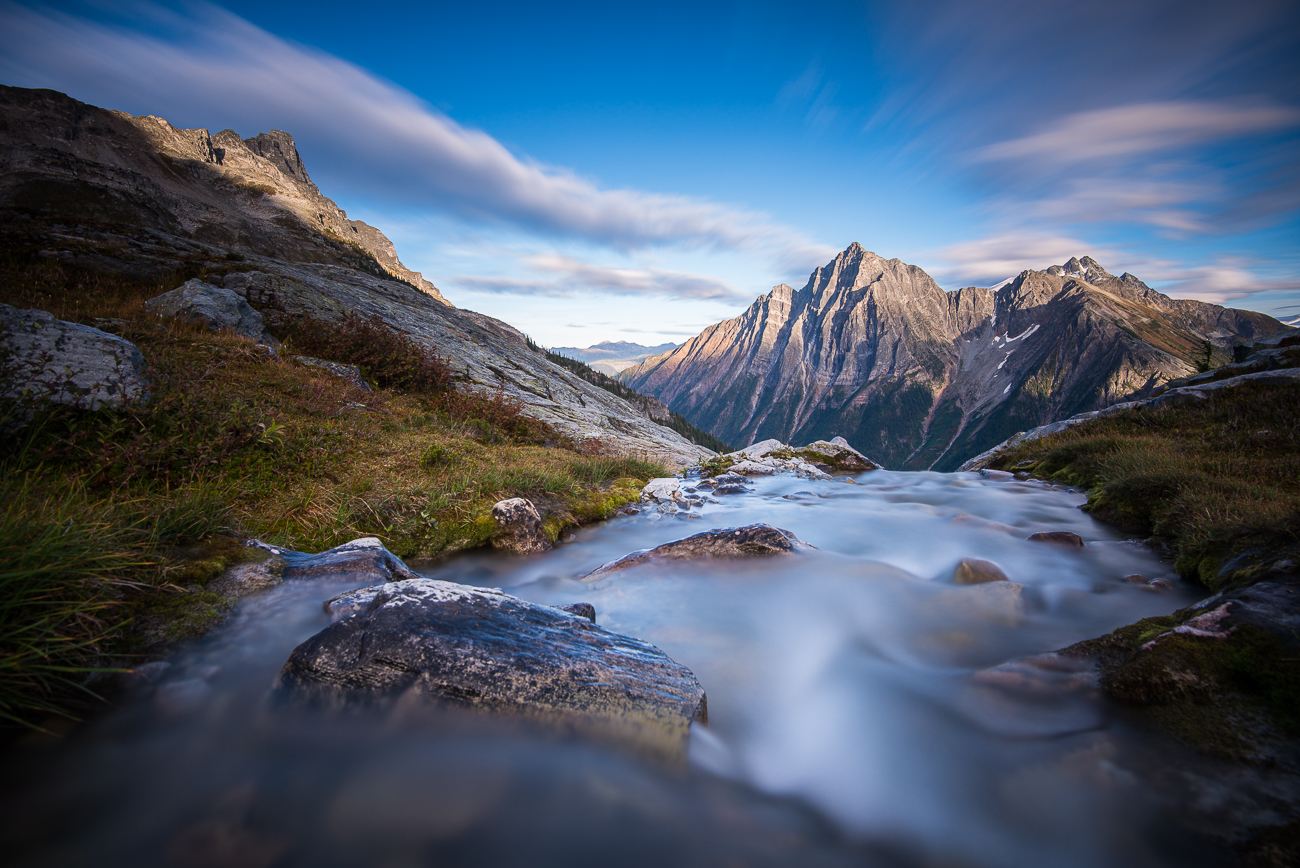 It’s why protecting Mount Robson – the headwaters of the most productive salmon spawning river on the planet – has far reaching impacts, Quinn tells us.
It’s why protecting Mount Robson – the headwaters of the most productive salmon spawning river on the planet – has far reaching impacts, Quinn tells us.
“I think protecting headwaters is a huge thing. Water flows down. Protecting headwaters is going to have a very positive effect on the rest of the river. But it doesn’t protect everything.”
Why doesn’t it fix everything? In part because food chains don’t exist in a vacuum.
As you now know, every food chain connects and interconnects with other food chains, forming the almighty food web that feeds us all. And even if things are good up in the headwaters, too many problems downstream will mitigate the good work of Mount Robson and, ultimately, there will be a ripple effect across the entire system.
“It’s hundreds of rivers. They each have a couple hundred fish. And when you start adding up the numbers, that’s a bigger detriment (to salmon, losing habitat in the feeder rivers). It gets overlooked. We can’t just immediately shotgun emergency fix the damage that’s been done.”
Now salmon – nature – is resilient and if the issue was just habitat loss, salmon might be okay. But the issues are compounding.
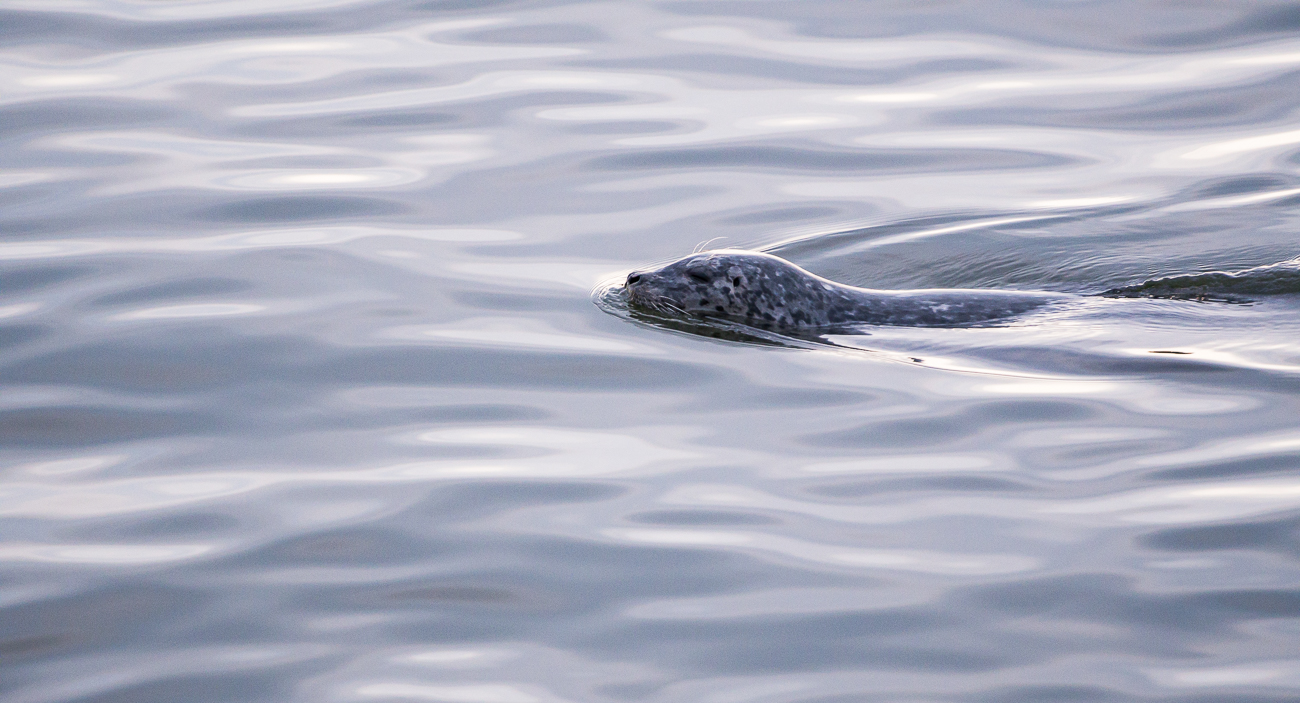 “California sea lions shouldn’t be up here in such numbers, but on account of the waters warming, we’re seeing them. We can’t really teach a seal or a sea lion conservation and tell them that they should use all of the salmon, or maybe they should put a quota on how much they harvest.”
“California sea lions shouldn’t be up here in such numbers, but on account of the waters warming, we’re seeing them. We can’t really teach a seal or a sea lion conservation and tell them that they should use all of the salmon, or maybe they should put a quota on how much they harvest.”
And then there’s human over-consumption and the consequences of over-consumption: Like replacing diminishing wild-stock salmon in our restaurants and grocery stores with farmed Atlantic salmon. That, Quinn believes, is further complicating the future of wild salmon, their ecosystems and our food chain more broadly.
“Sushi has hit sort of a fast-food level. Atlantic salmon is so prevalent in sushi that it’s unbelievable. And I can tell you one thing right now: Atlantic salmon is never a safe bet. It’s the one option that doesn’t have a good option. The first and best thing you can do is stop buying Atlantic salmon across the board.”
When all of these factors are taken together, we hamper nature’s ability to be resilient. And that’s why, Quinn argues, we need to be more thoughtful when buying food – when selecting salmon off the menu.
“If everyone who currently eats salmon keeps eating salmon at the rate we eat salmon, and we’re only eating wild stock, we won’t have salmon. There’s not enough salmon. End of story.”
There are many reasons for why that should concern us all, including what it might mean for our economy.
“The recreational Chinook fishery alone is a one billion dollar-a-year industry. That’s just recreational fisheries. Just for Chinook. One billion dollar-a-year industry.”
That means no wild salmon equals fewer jobs and less money for governments to spend on issues like health care. Fewer salmon, of course, also means way bigger problems for cultural traditions, ecosystem services and biodiversity as a whole.
“The state is overall dire. It’s the 11th hour for us. It really is. We could keep doing the things exactly as we’re doing them: minimal effort for conservation and hope to not upset or disrupt any industry. We could make drastic change for a short period of time – essentially one of those crash diets. We could do a lot of big things really quickly in hopes to boost the stock so we can keep being awful for a bit longer. Or we could find a middle ground; we could put the effort into really establishing a new routine.”
Which means hard decisions and sacrifice, but Quinn argues, “If you have any vested interest in something, it’s kind of important that you keep it around.”
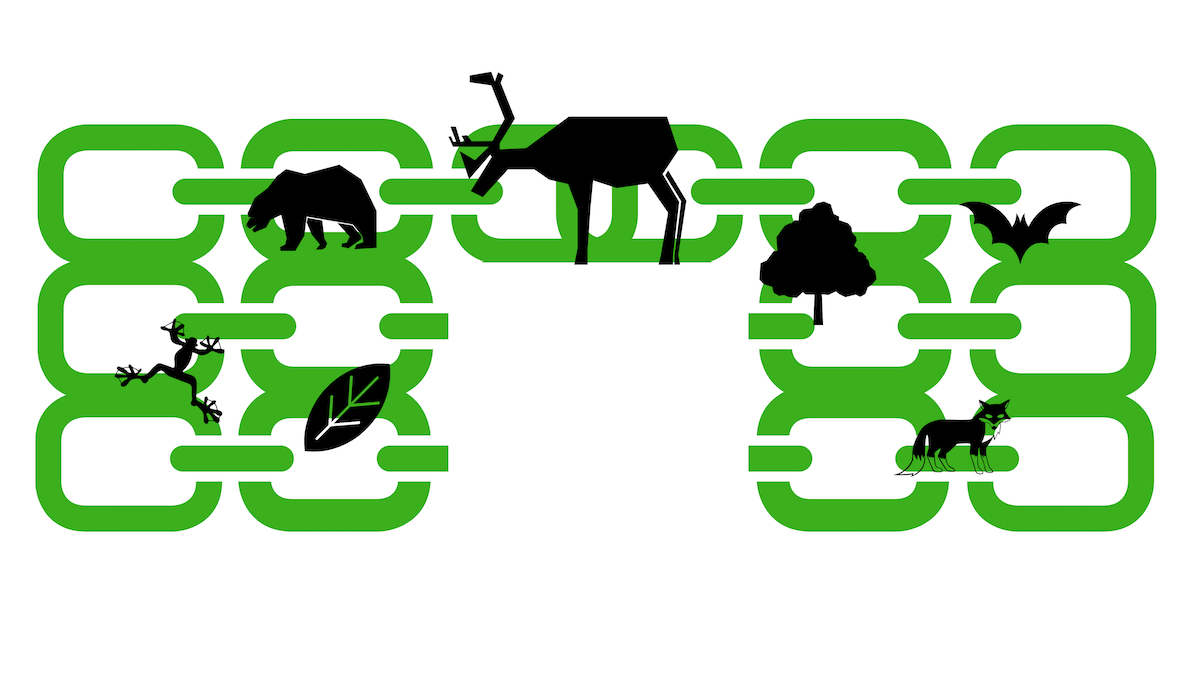 And we do have a vested interest in the future of salmon, no matter where we live. After all, what happens in one food chain will eventually impact all food chains – our collective food web.
And we do have a vested interest in the future of salmon, no matter where we live. After all, what happens in one food chain will eventually impact all food chains – our collective food web.
The good news? Farmer Takota Coen says, “Humans can be just as creative as they are destructive.”
The challenge? Quinn Scott tells us, “There’s a lot of apathy. It’s hard to change people’s ways. If you grew up in the 50’s, 60’s and 70’s, (you see salmon as an) infinite resource. And, at a certain point, you can’t really change that mindset a lot of the time. Of course, young people contribute to the damage as well. But for the most part, I think, when you grow up in a dying world, you kind of have a different initial approach to everything than if you grew up in a world of abundance.”
Which is an important insight – and all the more reason we need to find empathy for, and commonality with, those who have a different worldview.
As Takota Coen argues, “People are inherently good. They’re trying to do the right thing, but they’re doing the best they can with the resources they have available. That’s my balance point between not condoning actions that you don’t agree with, but not making people out to be villains. That sets you up with another ideology that can only end in not a very good place.”
It’s why we need to understand the context of our country and our world – how food chains work; why carrying capacity can help us understand the impact of our decisions; what decisions can have unrealized impacts across the food web.
But we don’t just need to understand our natural context. We need to understand the human context too.
